Updates from Plowden & Smith and the World of Fine Art Restoration
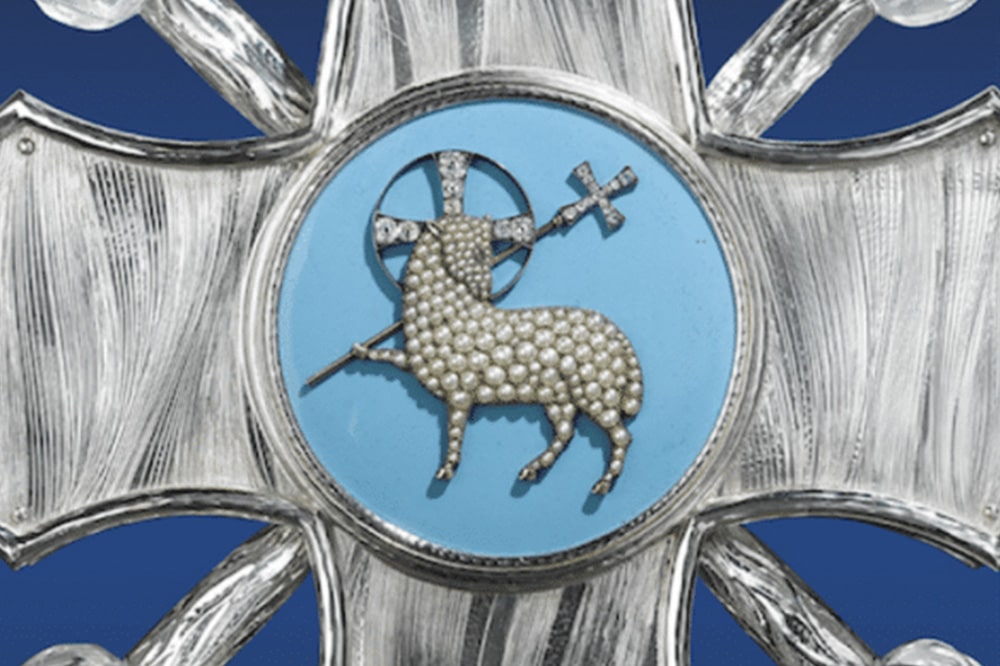
The Cross of the Cosmos | Interview with INRO London and artist David Montalto
Made from silver and containing moon dust, the Cross of the Cosmos is the project of a lifetime for artist David Montalto - and the result of many skilled craftsmen, including luxury leather company INRO London and fine art and furniture restorers, Plowden &...
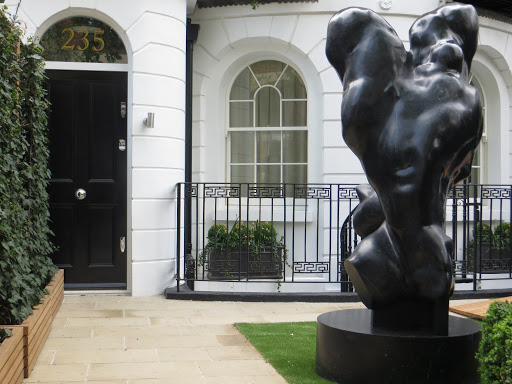
Expert Advice | How To Care For Outdoor Sculpture
Large outdoor sculpture creates a striking talking point that can revitalise or enhance a landscape: no wonder it is an increasingly popular field of collecting. But monumental art frequently comes with a monumental price tag. Our latest article for Family...
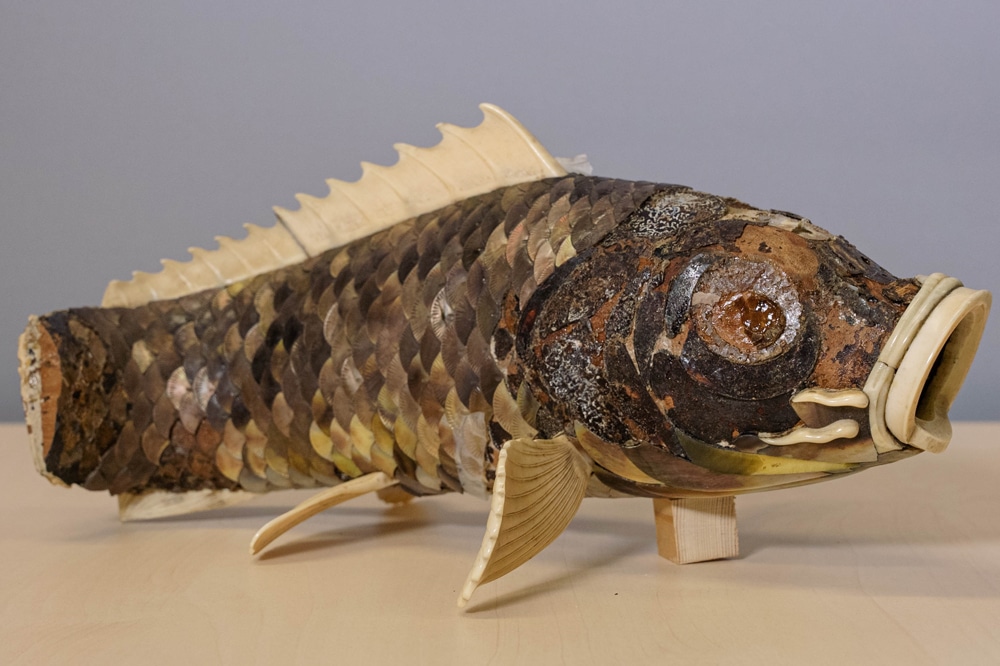
Video | How Does a Professional Art Restorer Revive Antiques?
We were delighted to welcome the Masters of Craft cameras into the Plowden & Smith studio to film the journey of one special art restoration project.

Plowden & Smith to Sponsor Masterpiece Exhibitor Lounge
Plowden & Smith is delighted to continue their relationship with the Masterpiece London art fair and looks forward to sponsoring the Exhibitor Lounge at the 2022 event.
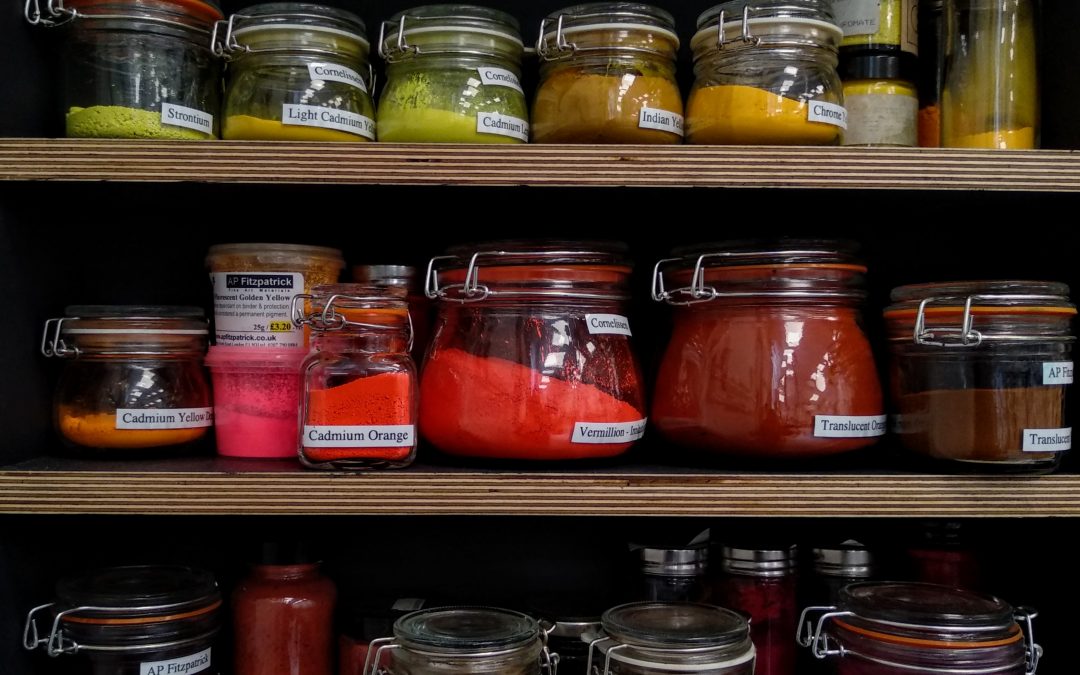
Painting Restoration Insights | The Importance of Pigments
Today, fairly rigorous testing in the pre-production stages of new artist materials helps to ensure that conservators of contemporary art have at least some idea of how potentially never-before-used pigments might age/deteriorate in the near and far future. However, should one automatically assume that paintings created in the 20th – or even 21st – Centuries will necessarily compromise pigments or paint films that last longer than paint made in the 17th, 18th or 19th Centuries…?
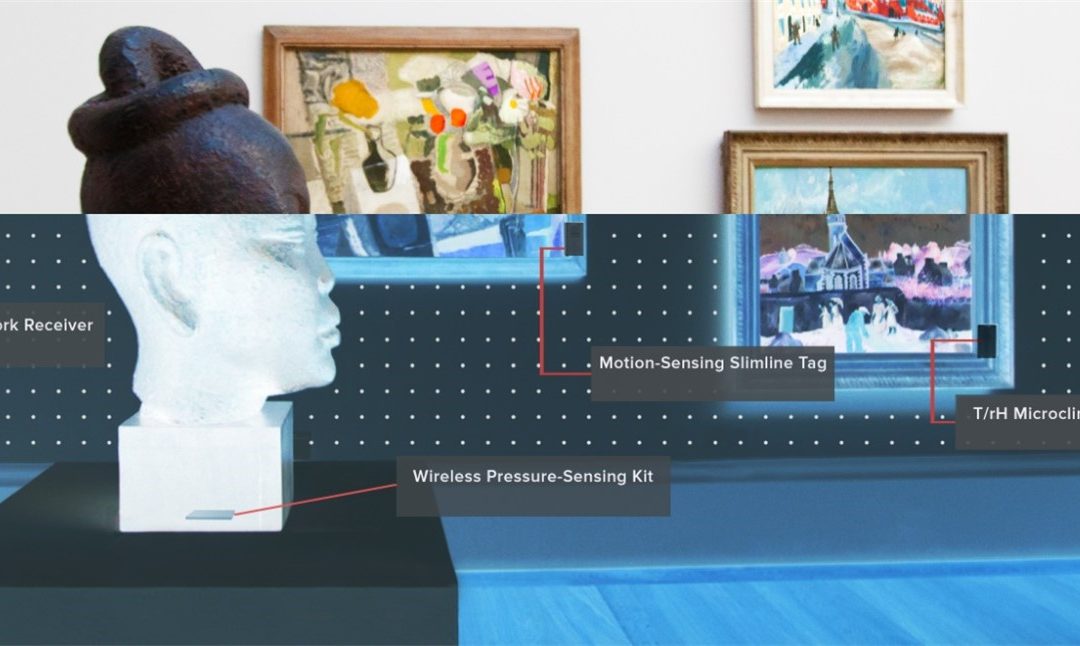
Time To Upgrade Your Fine Art Security?
Like many, we were captivated by the news story of Naples police returning a copy of Leonardo da Vinci's Salvator Mundi to a museum that had not even realised the work had been stolen, highlighting yet another indirect threat Covid-19 poses to public and...

Fine Art Insurance Newsletter Published
Plowden & Smith’s Essential Fine Art Restoration Briefing for Professionals Working in the Fine Art and Specie Insurance sector, and their Policyholders
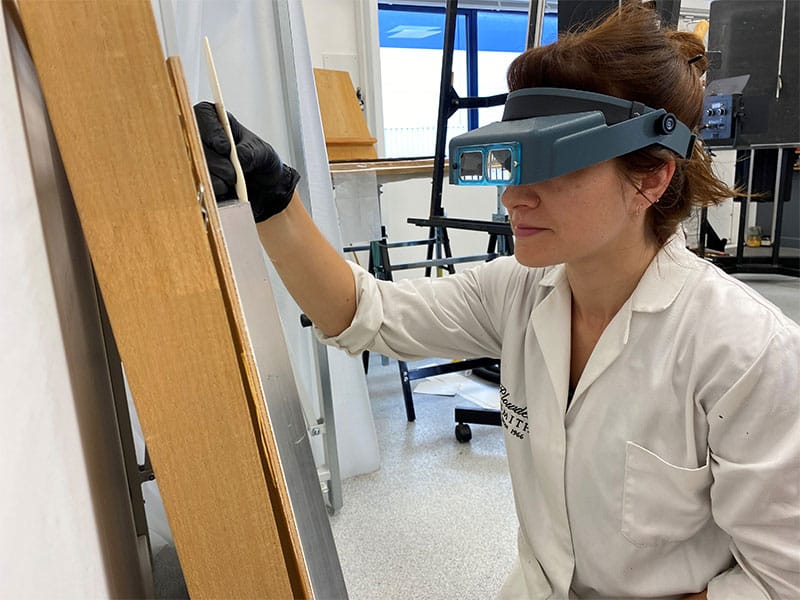
Stone Carvings Condition Reporting Stories from our Specialists
Autumn heralds the start of a series of important auction house sales and major art fairs (this year, many of them taking place online). For us, this means one thing: Independent Condition Reporting season has arrived.
Condition reporting often takes our conservators away from the studio, resulting in fascinating behind-the-scenes glimpses into collections and collectors. Three of our conservators discuss their approach to condition reporting and share some of their favourite and most interesting condition reporting projects…
Why Antiques Are Even More Important to Interiors, Post Covid-19
Clare Pardy, Associate Director of specialist art and heritage Insurance firm, Hallett Independent reflects on the joy of antiques, and why their ability to lend comfort to a room – along with their ‘Green’ credentials – make them the perfect choice for post-Covid homes…
Expert Interview | Post Covid-19, What Next for the Art Market?
Melanie Gerlis, Financial Times; Louise Hamlin, Art Business Conference; Oliver Shuttleworth, fine art consultant; James Mayor, The Mayor Gallery and Arthur Byng Nelson, Harold Benjamin Solicitors discuss What Next for the Art market Post Covid-19
